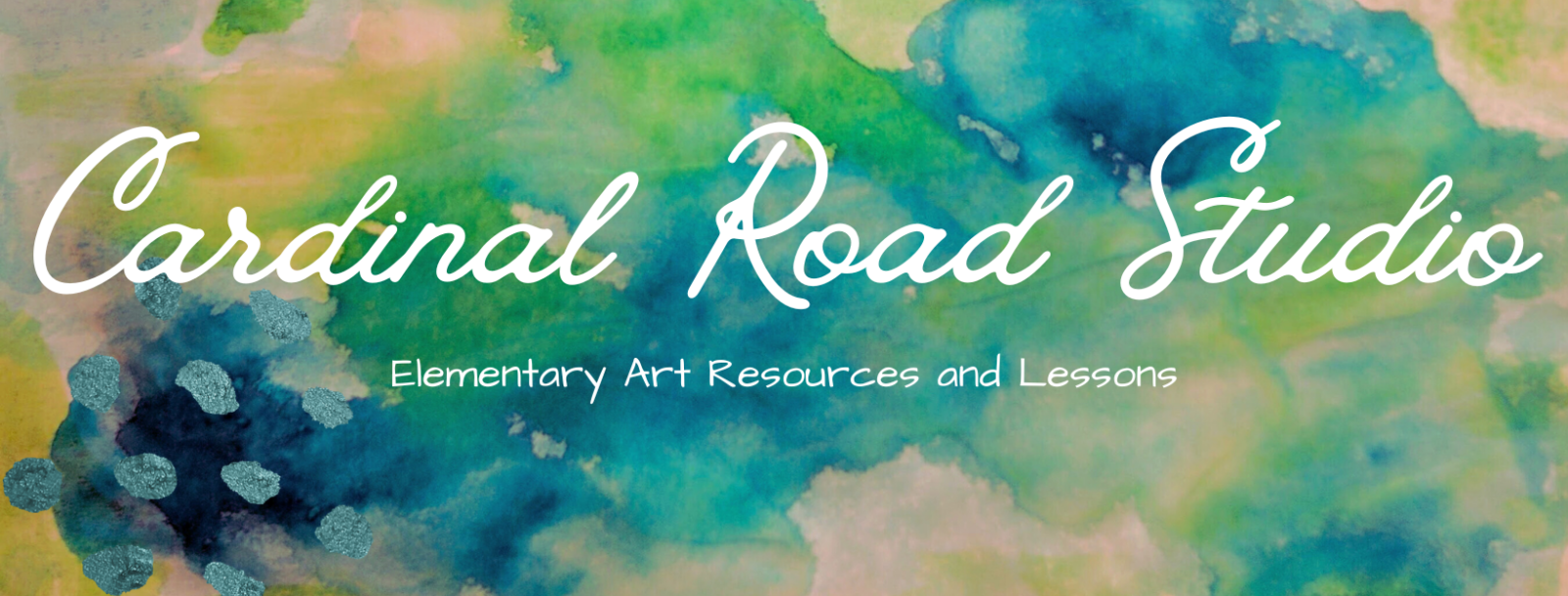How to Create a Karla Gerard Inspired Whimsical Folk Art Painting With Your Elementary Students
Introduce your students to the Whimsical World of Karla Gerard!
This whimsical folk art painting lesson is for you, if you would like to introduce your students to showing depth in their work using multiple ground lines, overlapping and size variation. This will be accomplished while using the fun, whimsical style of artist Karla Gerard. We will also work on our painting skills within this process.
The students will learn how to create a whimsical folk art painting of a community, complete with a foreground, middle ground and background. They will use pattern, design and bright colors as well.
About the artist:
- Karla Gerard is considered both a Folk and Abstract artist.
- Gerard’s work also incorporates a lot of patterns and designs. The ground that her buildings sit on has a “quilt-like” quality to it.
- To view Karla Gerard’s Artwork and learn more about her, check out her website.
Lesson Steps:
One of the goals in this whimsical folk art painting lesson is to show depth in the drawing, through multiple ground lines, overlapping and decreasing the sizes of features and details the closer the image gets to the background. I would say this lesson works well for 2nd grade and up.
- Have your students plan out their painting with a small sketch using multiple ground lines, varying sizes of unusually shaped buildings and decorate with a lot of patterns and textures.
- Using a neutral color, the students will paint the outline of composition and let dry. First they will paint two ground lines with the line type of their choice. They should become closer together in the middle ground. I like having the students use paint to plan out their outline, rather than pencil. I find that when the kids use a pencil the details can get too small. They end up focusing too much on precision rather than having a painterly quality to their work.
- My classes run for an hour, so my goal was always to have them create a small sketch and paint the outline during the first session.
- Students will include large buildings and details on the bottom of the paper, medium on the first ground line and the smallest of features on the horizon line. You’ll have to overlap parts of your ground lines (to be painted over later).

- Add windows, doors and any other desired building features.
- Using a bright color scheme, fill in the ground, building, trees, background etc. If a building or detail overlaps one of the ground lines you’ll have to cover up unnecessary lines with paint. The students should aim to paint over their entire painted outlines as they go along.
- I recommend using a somewhat limited color scheme and to repeat colors. The final whimsical folk art paintings are going to be extremely detailed and having this repetition of color choice helps with the readability of the painting.
- Another layer may be required in some areas if too much of the painted outline is visible.

- The students should layer in a variety of patterns, textures, flowers and leaves to their whimsical folk art painting. If your curriculum requires you to teach particular painting techniques you can build them into the project. Add more details to the windows, doors and roofs. Karla Gerard’s areas of ground around the buildings often look “quilt-like”.
- Texture ideas: Stippling, dry brush, pressing the side of the brush, scratching into wet paint, hatching, cross-hatching.

*If you would like to share this with your students as a drawing lesson or would simply like step-by step instructions for them to follow along with, check out my How to Draw a Folk Art Whimsical Community Lesson in my TPT store.
Your students will also enjoy my James Rizzi inspired Silly Cityscape Drawing Lesson. Check out the blog post about it, here.

